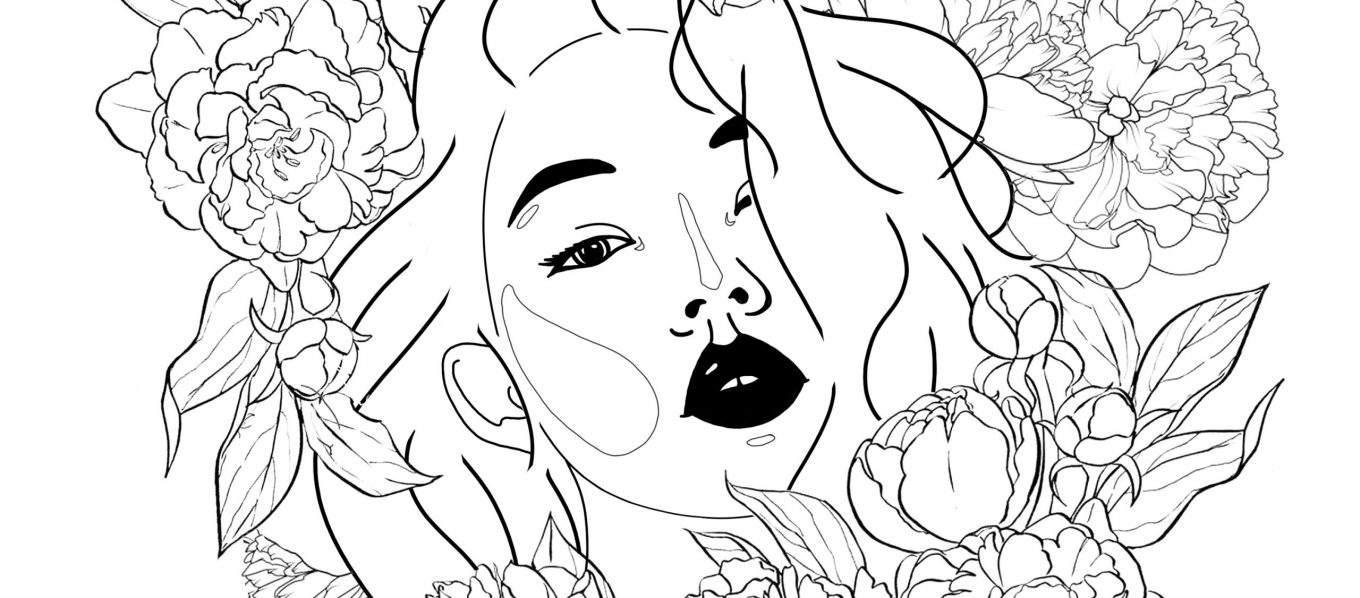Social Media Analytics
ADPR 7750
Given the events of 2020 surrounding the election year and a global pandemic, I wanted to focus on an organization that would keep me up to date and that focused less on product sales and more on the impact of information dispersal. As such, my group chose to study the social media presence and general influence of The 19th News, a news organization inspired by the 19th Amendment, founded by women and for women, and a platform dedicated to the latest and greatest in news through the lens of women and minority voices. Using Brandwatch and Keyhole—two different social media digital analysis tools—we were able to follow five key news stories pertaining to the transfer of power in the election, the impact of the Trump Administration, the speculation surrounding the Biden and Harris team up, the effects of the pandemic on the job market, and the importance of the “get out and vote” initiative.
At first, learning these new platforms was extraordinarily difficult; I particularly struggled with Brandwatch’s categorization mechanisms and interpreting which dataset was being utilized and by which metrics to measure our results. Additionally, they had many different titles for what was considered an “influential user,” and it was often confusing to figure out which user was truly “influential” in the conversations that we were looking for, with some boasting high follower accounts with low engagement, some with high posting frequencies but limited time consistently, and some with high retweet and share numbers but low overall likes. Learning to navigate the platform to select what was most important on in our report was crucial to remaining on track and to best provide reasoning for our client recommendations. Keyhole on the other hand was significantly easier for me to utilize since the formatting was very similar to that of Instagram Insights, and I enjoyed being able to create graphs and charts to better convey the information we were presenting in a more cohesive and digestible way.
Through this class, I was able to use many of these lessons in condensing information to inspire me in how to approach UX and UI, where graphical forms are significantly easier for people to interpret and provide known symbols to maximize space and impact. Additionally, the importance of maximizing user-generated content in public platforms—such as that of Twitter, Instagram, and in the form of reviews and comments—to tailor content to and better react to said audience was also a great aspect of the industry to learn more about, particularly with my background as not only a designer, but an aspiring advertising agent. Lastly, using Brandwatch and learning how to navigate the platform not only gave me insight into social media analysis practices and what to look for in a brand’s content, but it also provided me with an example of how new users—such as myself—can easily be overwhelmed by information in front of them. As such, it is my duty as not only an advertising student, but as a creative and as a communicator to convey messages to my designated audience in a way that makes this overload not only bearable, but enjoyable as well. That is why I continue my journey as a UX and UI designer today.
